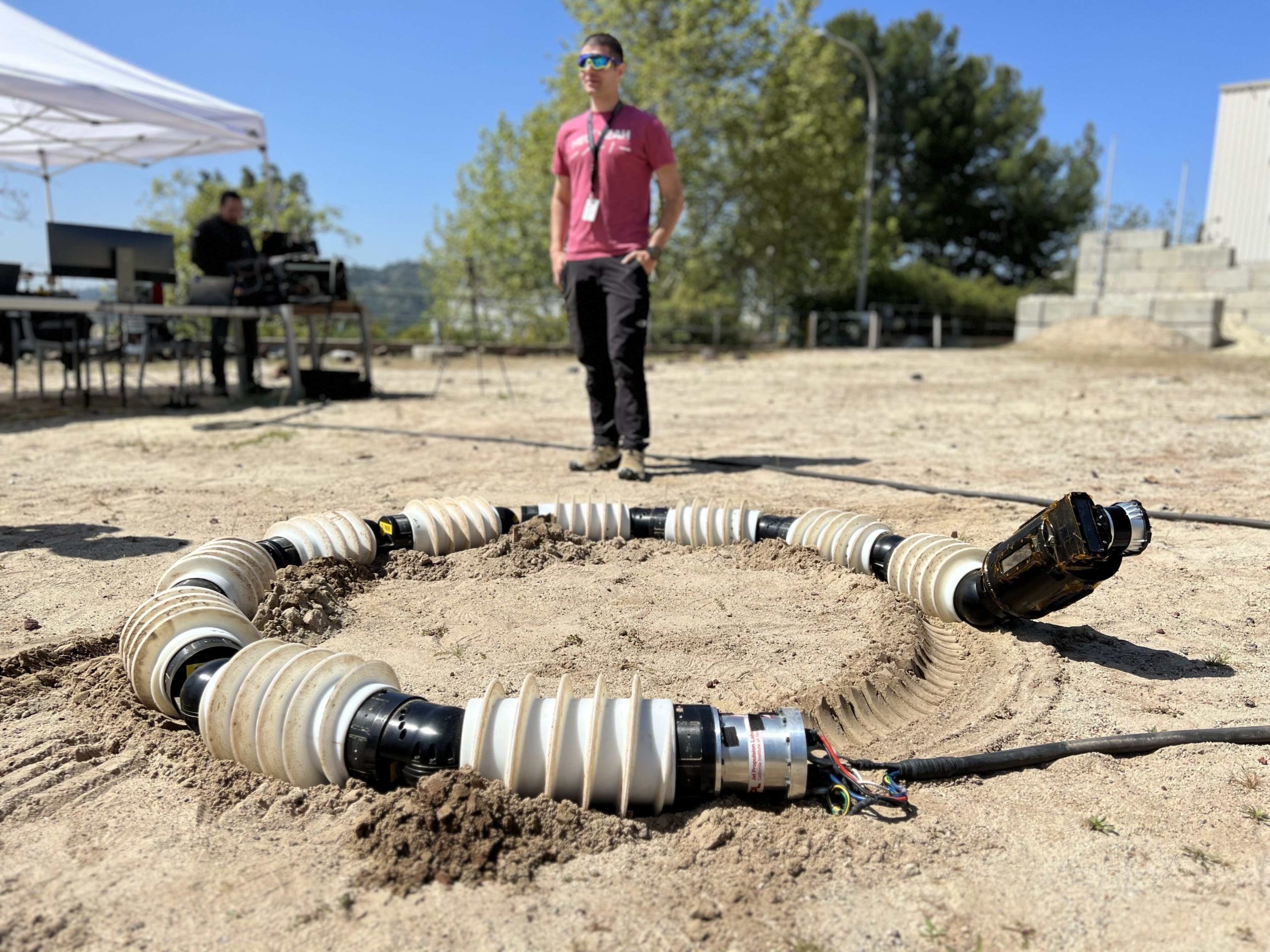
A team from NASA’s Jet Propulsion Laboratory in California has suggested that a snake-like robot could explore difficult terrain on icy moons like Enceladus at Saturn.
Enceladus is well-known for spewing water through its icy surface and is considered to be one of the most promising places to search for life within our solar system.
The Exobiology Extant Life Surveyor (EELS) robot has been designed to traverse the uneven surface of Enceladus by using multiple rotating segments connected together, allowing it to bend and move like a snake through difficult terrain that other rovers and landers cannot manage.
The JPL EELS team is approaching the project with a “startup” mentality, aiming to progress quickly despite the fact that the project is still in the early stages and has not yet been approved for funding.
Moreover, they are building and testing the robot quickly, learning from their mistakes, and making adjustments to improve it. The JPL website also shared a video of the snake-like robot in action.
What are these roboticists from @NASAJPL doing on the Athabasca Glacier in Canada now?
We are testing the sensor head of EELS, a snake robot that would possibly explore Enceladus vents in the future! pic.twitter.com/F1OFpxag8C
— Hiro Ono / 小野雅裕 (@masahiro_ono) September 12, 2022
Move with segments like a ‘snake’
The EELS robot is built with rotating sections that have screw threads wrapped around them. These screw threads help the robot move over different kinds of surfaces.
The robot can move its segments independently, like a snake, which allows it to apply pressure to tight spaces. This way, it can climb or descend areas that other equipment cannot reach.
Matthew Robinson, the project manager of EELS, said that this robot can go to places where other robots cannot go. While other robots are better at specific types of terrain, the EELS robot is designed to handle all kinds of terrain.
Additionally, the research team has made several versions of the EELS robot, testing different materials and designs to find the best one.
The current version of the robot has 10 rotating segments that are propelled by plastic screws that are 8 inches (20 centimeters) wide.
For testing over looser terrain, the robot uses wider screws, while sharper metal screws are used to gain traction in icy conditions.
JPL tested EELS in several environments
NASA JPL is working on EELS (Exobiology Extant Life Surveyor). This robot will be game changer. 4 meters long snake can do research in unavailable places so far. Very interesting is the fact that robot is supported by AI system. 🤖🚀 pic.twitter.com/MlXCLjY9ma
— Michał Wilk (@MichaWi11398452) May 14, 2023
The EELS robot is equipped with cameras and lidar sensors in its head to help it analyze and navigate different environments. These sensors enable the robot to create 3D maps of its surroundings.
To test this feature, the EELS researchers lowered a prototype of the robot’s head into a glacial crack that is similar to the ones it might encounter on Enceladus, one of its primary targets.
The EELS team has also tested the robot in various challenging environments, including an ice rink, the Mars Yard at JPL (which is used for rover training), and a “robot playground” at a ski resort in Southern California.
See all the latest news from Greece and the world at Greekreporter.com. Contact our newsroom to report an update or send your story, photos and videos. Follow GR on Google News and subscribe here to our daily email!



